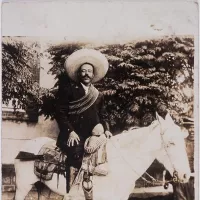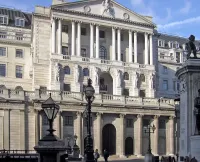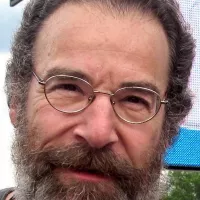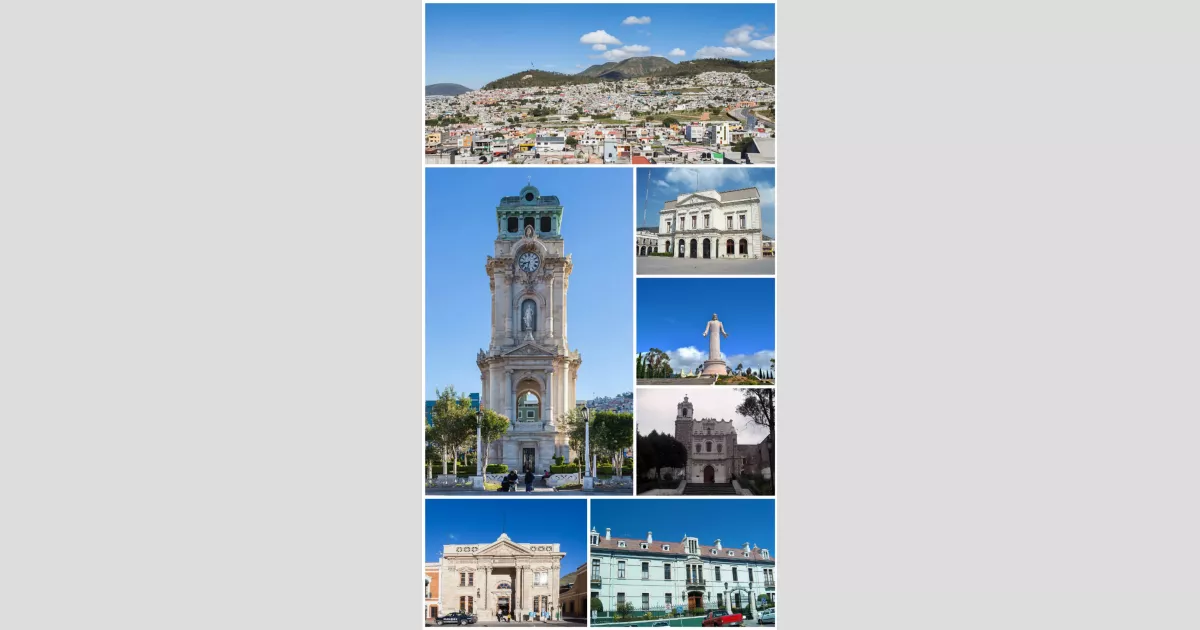Pachuca, formally known as Pachuca de Soto, is the capital and largest city of the east-central Mexican state of Hidalgo. It serves as the municipal seat for the municipality of the same name. Positioned in the south-central part of the state, Pachuca is approximately 90 kilometers (56 miles) north of Mexico City, accessible via Mexican Federal Highway 85.
1900: Pachuca Athletic Club Founded
Cornish miners established the Pachuca Athletic Club in 1900, primarily focused on football, marking the beginning of the sport's presence in the city.
1902: First Liga Mexicana de Fútbol Asociación Championship
The first championship of the newly formed Liga Mexicana de Fútbol Asociación was held in 1902, with Pachuca playing a key role in the league's early development.
1906: US Smelting Company Dominates Mining
The United States Smelting, Refining and Mining Company became the primary producer in Pachuca in 1906, modernizing mining technology.
1908: Pachuca Wins Copa Tower
The Pachuca Athletic Club achieved victory in the Copa Tower in 1908, a precursor to the modern Mexican Cup, demonstrating their early dominance in the sport.
September 1910: Monumental Clock of Pachuca Inaugurated
The Monumental Clock of Pachuca, a gift from Cornishman Francis Rule, was inaugurated on September 15, 1910, to commemorate the Centennial of Mexico's Independence.
1911: Mexican Revolution Disrupts Mining
In 1911, forces loyal to Francisco I. Madero took control of Pachuca due to the economic significance of its mines during the Mexican Revolution.
1912: Pachuca Secures Second Copa Tower Victory
Pachuca further cemented their football legacy by winning their second Copa Tower in 1912, showcasing their continued prowess on the field.
1915: Mexican Players Join Pachuca Club
By 1915, the Pachuca Athletic Club saw a significant increase in Mexican players joining its ranks, marking a shift towards a more inclusive and nationally representative team.
1915: Pancho Villa's General Enters Pachuca
Roberto Martinez y Martinez, a general under Pancho Villa, entered Pachuca in 1915, highlighting the city's strategic importance for its mines.
1925: Universidad de Hidalgo Renamed
In 1925, the institution was renamed Universidad de Hidalgo, reflecting its evolution and growing significance in the state's educational landscape.
1947: Mining Declines in Pachuca
By 1947, mining in Pachuca became too costly due to political instability, labor disputes, and low silver prices, leading to the decline of the industry.
1948: University Gains Autonomy
The university underwent another name change in 1948, becoming the Universidad Autónoma de Hidalgo, signifying its independence and self-governance.
1951: Pachuca Athletic Club Reestablished
After disbanding in the 1920s, the Pachuca Athletic Club was reestablished in 1951, signifying the enduring legacy and passion for football in the city.
1961: University Reorganized and Expanded
The Universidad Autónoma de Hidalgo underwent significant reorganization and expansion in 1961, solidifying its role as a major educational institution in the region.
1961: Universidad Autónoma del Estado Established
The old Instituto Científico Literario Autónomo de Hidalgo was transformed into the Universidad Autónoma del Estado in 1961, marking a shift towards education and industry in Pachuca.
1965: US Smelting Company Sells to Mexican Government
Facing continued challenges, the United States Smelting Company sold its mining interests in Pachuca to the Mexican government in 1965.
1967: Mining Museum Documents Pachuca's History
The Mining Museum in Pachuca houses documents tracing the city's mining history from 1556 to 1967, showcasing the vast amounts of silver and gold extracted from the region.
1987: Efforts to Preserve Mining Heritage Begin
The collection at the Mining Museum in Pachuca was rescued starting in 1987, reflecting a growing awareness of the importance of preserving the city's mining heritage.
1993: Mining Museum Renovated
In 1993, the current Mining Museum site was renovated to accommodate the growing collection of mining artifacts, documents, and personal effects.
2000: Population Growth in Pachuca's Metropolitan Area
The Pachuca zona metropolitana experienced significant population growth, reaching 375,022 inhabitants in 2000.
2003: Universidad Politécnica de Pachuca Founded
The Universidad Politécnica de Pachuca, primarily an engineering school, was established in 2003, initially operating from the old Universidad Pedagógica Nacional buildings.
2004: University Relocates to Santa Barbara Hacienda
In 2004, the Universidad Politécnica de Pachuca received the old Santa Barbara Hacienda from the state of Hidalgo, providing a new campus for its growing student body and expanding programs.
2005: Pachuca's Urban Expansion and Demographics
According to the 2005 INEGI census, the city of Pachuca's metro area continued to expand, covering over 60% of the available open space within the municipality. The municipality itself had a population of 275,578, with only a small percentage residing outside the city's boundaries.
2005: Pachuca's Growing Population and Metropolitan Area
In 2005, the population of Pachuca was recorded as 267,751, representing 97% of the municipality's population. The Pachuca zona metropolitana, encompassing several municipalities, reached a population of 438,692.
Mentioned in this timeline

Football is a family of team sports primarily involving kicking...

Pancho Villa was a pivotal figure in the Mexican Revolution...
Mexico officially the United Mexican States is a North American...

Sport encompasses physical activities and games frequently competitive and structured...

A hotel is a commercial establishment offering short-term paid lodging...

A bank is a financial institution that plays a crucial...
Trending

Mandel Mandy Bruce Patinkin is a versatile American actor and singer recognized for his work in musical theatre television and...

7 months ago Patti LuPone Leaves Broadway, Recalls Kevin Kline Relationship, and Discusses Anxiety-Inducing Scenes.

7 months ago Blue Origin Launches Six Civilians to Space in New Shepard NS-32 Mission

23 days ago Severe Thunderstorms Hit North Texas: Lightning, Hail, Damaging Winds, and Power Outages
20 days ago Accenture & WEF: Scaling Innovation & Traceability for Circular Supply Chains & Waste Management

7 months ago Kevin Garnett: Celtics' Viral Message, Home Drama, and Sweet Gesture Highlights Recent Events.
Popular

Candace Owens is an American conservative political commentator and author...

XXXTentacion born Jahseh Dwayne Ricardo Onfroy was a controversial yet...

Ilhan Omar is an American politician currently serving as the...

Tucker Carlson is an American conservative political commentator known for...

Charles James Charlie Kirk was a prominent American right-wing political...

Kashyap Pramod Patel is an American lawyer who became the...
